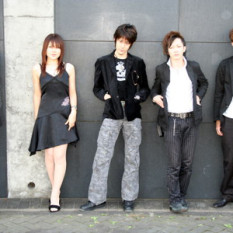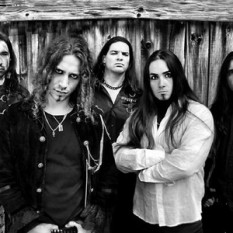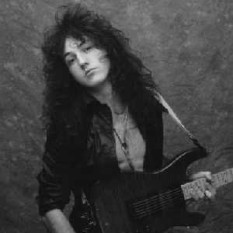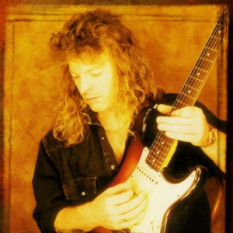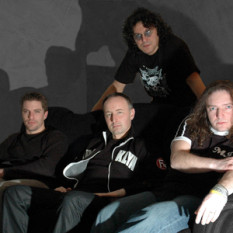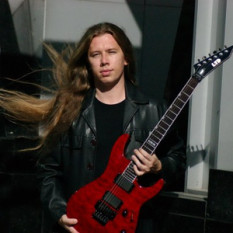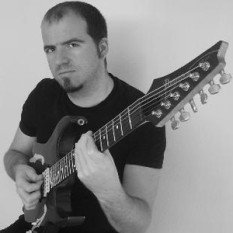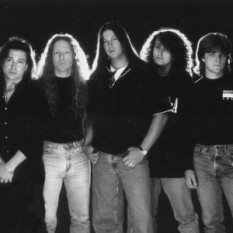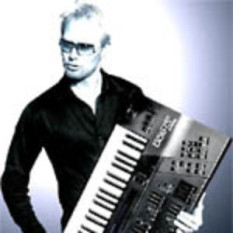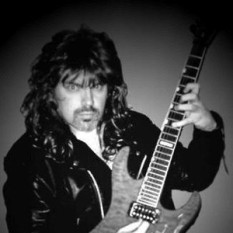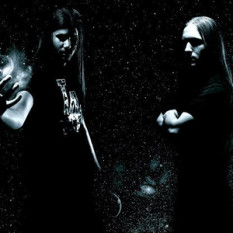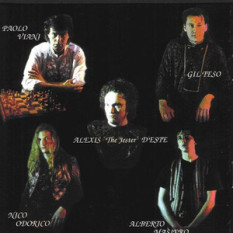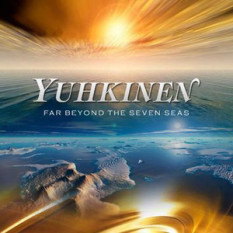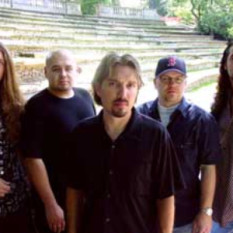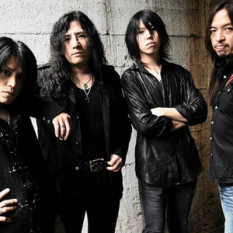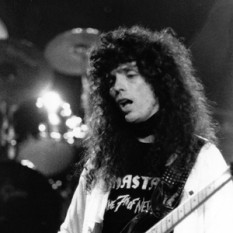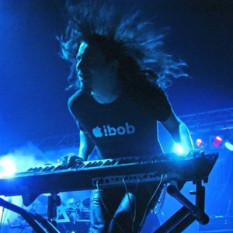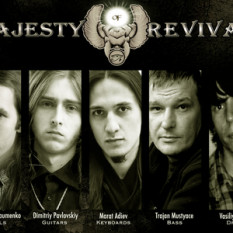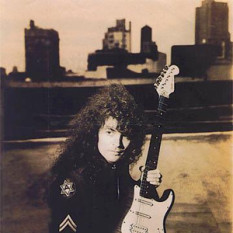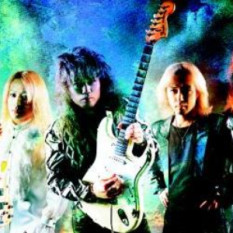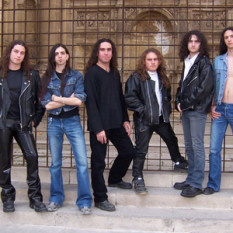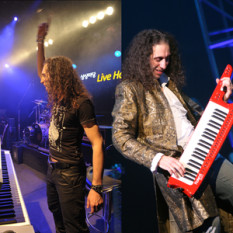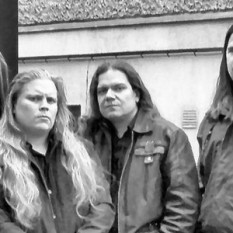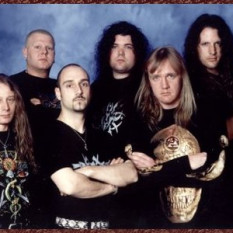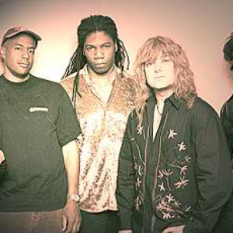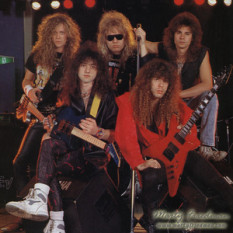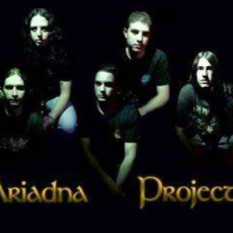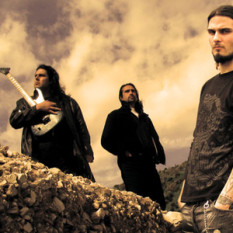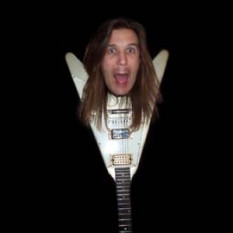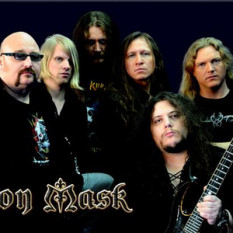Neo-classical metal is a concept distinct from neoclassicism in music. Neoclassical music refers to the movement in musical modernism in which composers gained influence from the Classical period, popular during the years in between the two World Wars. This type of music can be seen as a direct reaction towards the prevailing trend of 19th Century Romanticism, and of the music of Richard Wagner in particular. Composers such as Igor Stravinsky[1] and Paul Hindemith[2] fused elements from the music of Classical composers, such as a return to "common practice" harmony and strict adherence to form, with their own unique "advanced" harmonic vocabularies and rhythmic variety.
On the other hand, neo-classical metal music does not restrict itself to a return to classical aesthetic ideals, such as equilibrium and formalism. Actually, it has more influences borrowed from the Baroque and Romantic periods than from the Classical period in music, which roughly spans from 1750 to 1810 and has among its notable proponents Mozart, Haydn, and the early Beethoven as well as Paganini and Bach. Therefore, it is not a form of Neoclassicism by its traditional definition, which may cause confusion and span discussions. Neo-classical metal treats the suffix "classical" as roughly what most people understand as classical music- the repertoire from the Baroque to the Romantism and early Modernists-, and not as a revival of the ideals from the classical period, as it is accepted in classical music. Due to this confusion, some see the label "neoclassical" as improper, misleading and even pretentious. For further discussion, see the controversy section in the end of the article.
Although Yngwie J. Malmsteen is probably the form's best-known proponent, and the '80s decade which saw the ascension and consolidation of the genre, classical elements used in heavy metal and hard rock date back to Brian May of Queen, Ritchie Blackmore of Deep Purple, Uli Jon Roth and Randy Rhoads'[3] innovations in the late 1970s and early 1980s, and progressive rock musicians have, since the origin of the genre in the late '60s, incorporated classical elements in their music. Many are classically trained, such as Yes keyboardist Rick Wakeman and guitarist Steve Howe, or Steve Hackett of Genesis. The popularization and growth of neo-classical metal is closely related to the ascension of the Guitar Shredding movement, as many neo-classical metal guitarists took inspiration from the impressive violin solos of Niccolò Paganini.
The classically-trained Randy Rhoads displayed classical influences in his playing and was one of the first notable players to actually incorporate Classical playing techniques to innovate his guitar playing and overall technique. For the introduction to 1981's "Diary of a Madman", Rhoads borrowed heavily from Cuban classical guitar composer Leo Brouwer's "Etude #6". Like many other metal guitarists in the 1980s, Rhoads quite earnestly took up the study of musical theory and helped to solidify the minor industry of guitar pedagogy magazines (including Guitar for the Practicing Musician) that grew during the decade. The shredding movement was made popular by guitarist Yngwie Malmsteen, who would transcribe and adapt classical music for the electric guitar. As a result, neo-classical metal developed as a standalone metal sub-genre.
Queen has also been cited as a major influence on the genre by Yngwie Malmsteen.
.

